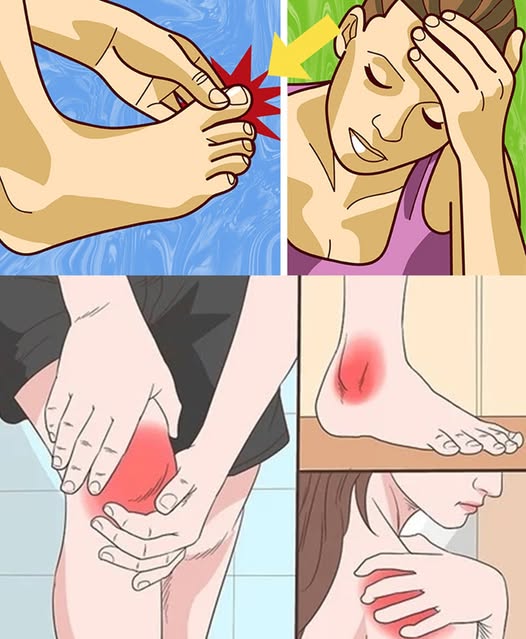Redness, swelling, and warmth around the affected joint
Difficulty moving the joint due to pain and swelling
How it Happens: When uric acid builds up in the bloodstream, it forms urate crystals that settle in the joints. The body’s immune system then reacts to the crystals, leading to inflammation and pain.
2. Kidney Stones
Excess uric acid can also contribute to the formation of kidney stones. These stones are hard deposits that form in the kidneys when there is too much uric acid in the urine. The symptoms of kidney stones include:
Severe pain in the back or side, often radiating to the lower abdomen or groin
Blood in the urine (hematuria)
Frequent urination or painful urination
Nausea and vomiting
How it Happens: High levels of uric acid can lead to the crystallization of urate in the kidneys, which gradually form stones. These stones can obstruct the urinary tract and cause intense pain when passing.
3. Increased Risk of Heart Disease
Research has shown that high uric acid levels may increase the risk of heart disease. Elevated uric acid levels are associated with:
High blood pressure (hypertension)
High cholesterol
Inflammation in the body
Please Head On Over To Next Page Or Open button (>) and don’t forget to SHARE with your Facebook friends.



Yo Make również polubił
„Chleb bez wyrabiania, który uzależni twojego męża – Domowy chleb, który smakuje jak nigdy wcześniej”
It will make your bladder and prostate look like new! Working grandfather’s recipe!
Christmas Cranberry Loaf
Mini Klopsiki w Foremce do Muffinów